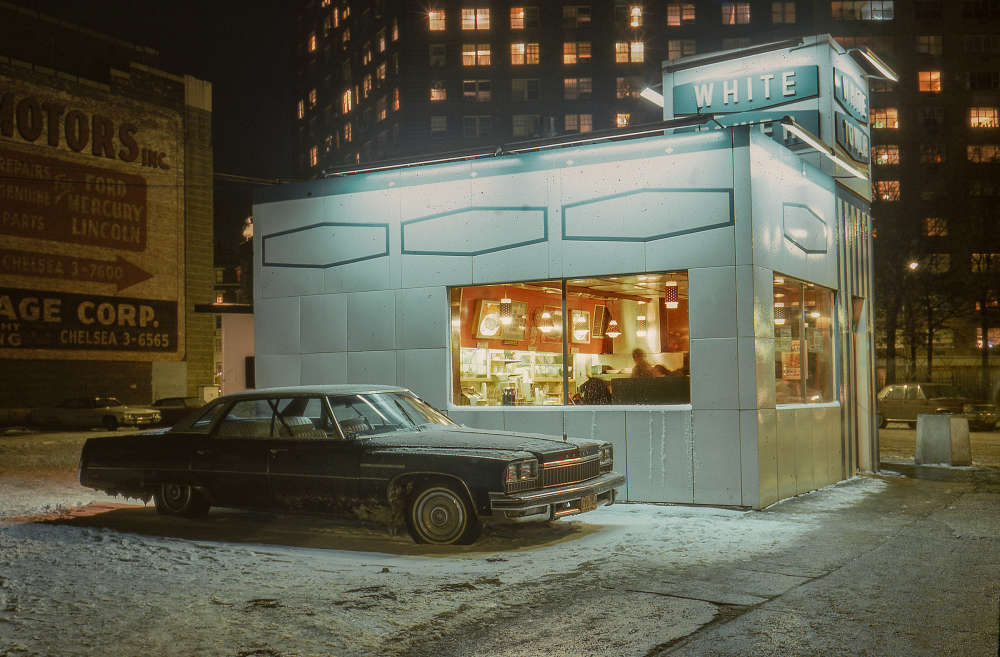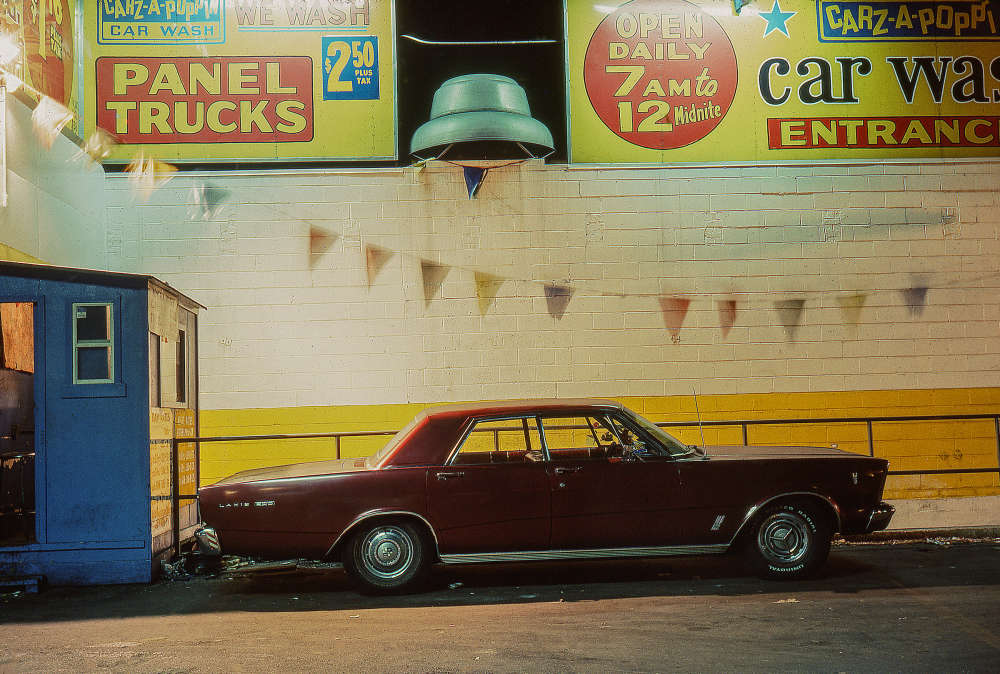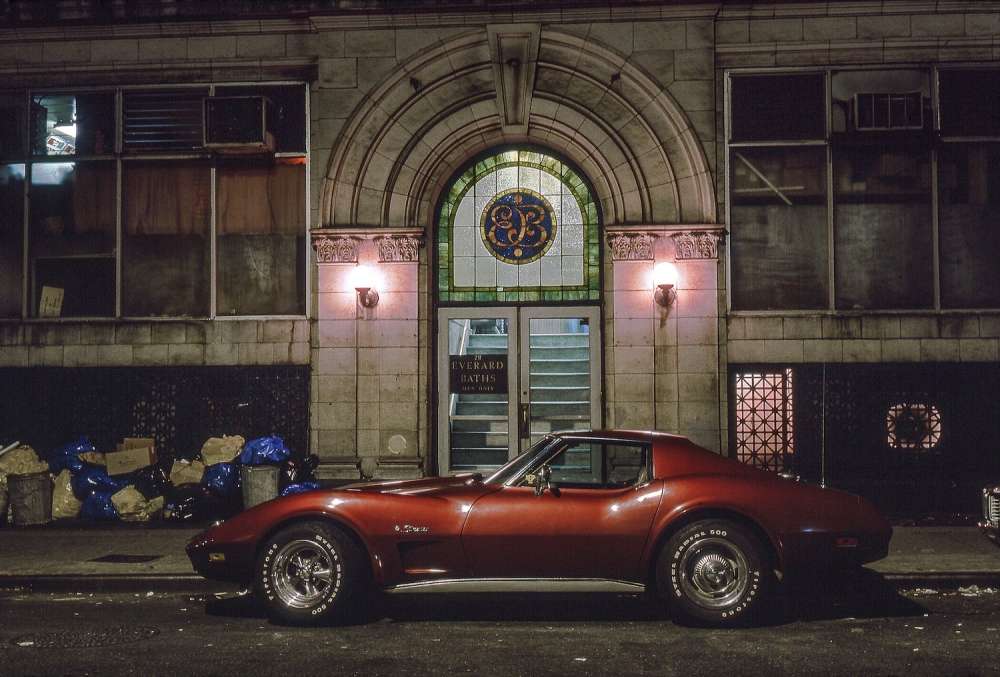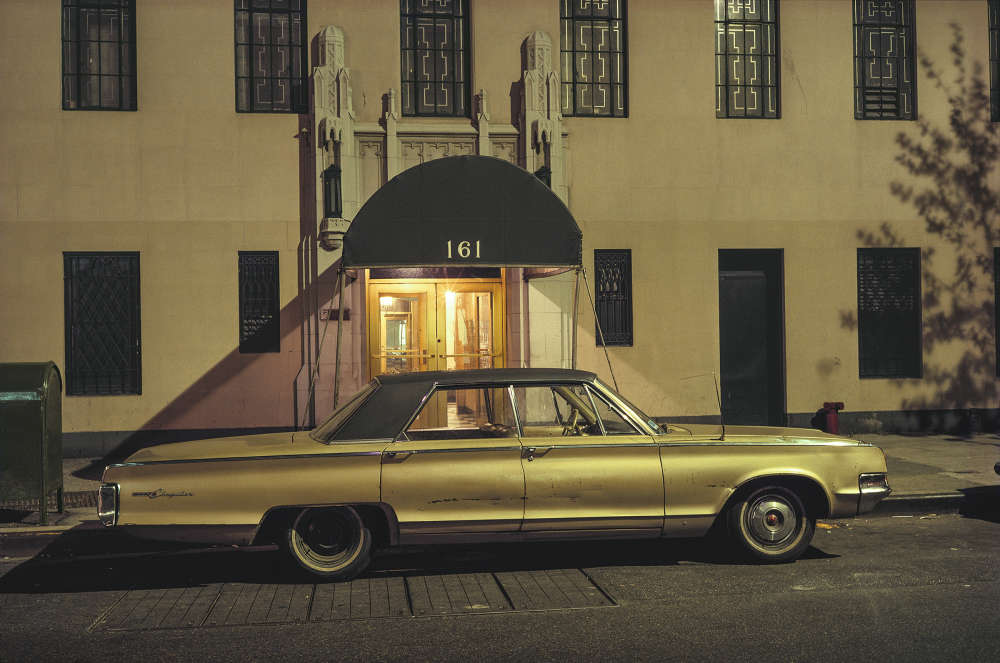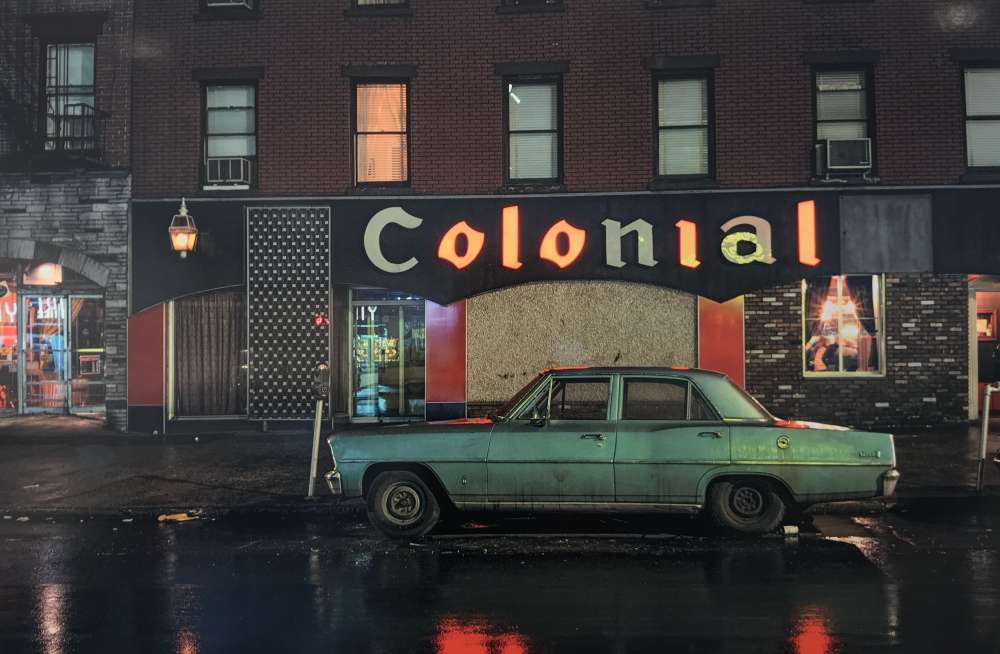Langdon Clay
Works
 Langdon Clay, Rose Jeweler's Car, Ford Galaxie 500 XL (1966), Troy, NY, 1975
Langdon Clay, Rose Jeweler's Car, Ford Galaxie 500 XL (1966), Troy, NY, 1975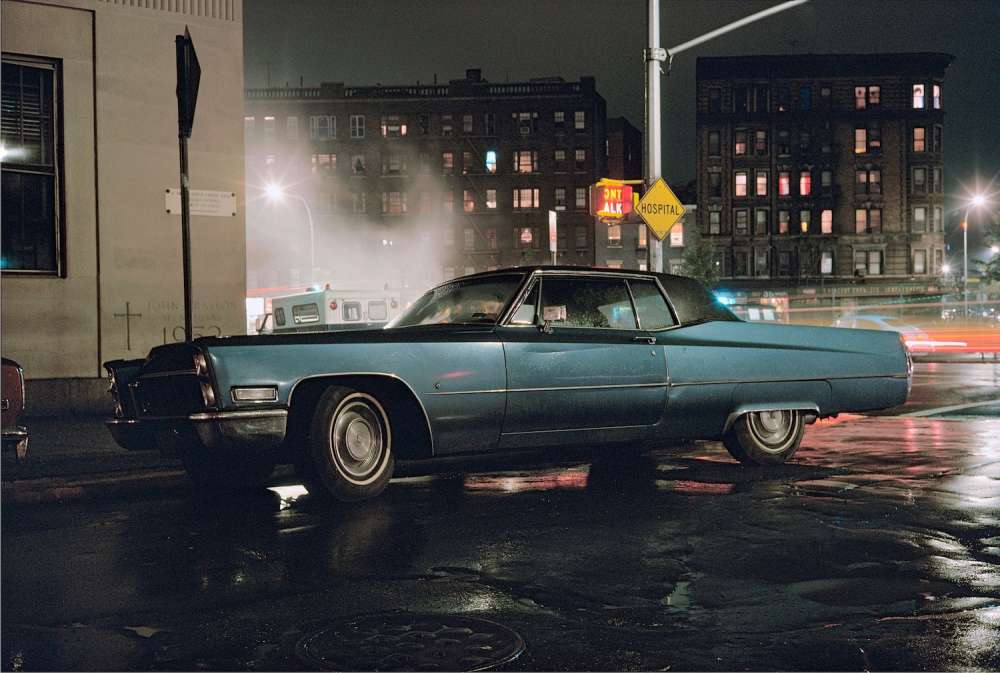 Langdon Clay, St. Vincent's Car, Cadillac Coupe de Ville, St. Vincent's Hospital, 13th and 7th Avenue, 1975
Langdon Clay, St. Vincent's Car, Cadillac Coupe de Ville, St. Vincent's Hospital, 13th and 7th Avenue, 1975 Langdon Clay, Stylecrest Truck, Chevrolet 10, in the Thirties Garment District, 1975
Langdon Clay, Stylecrest Truck, Chevrolet 10, in the Thirties Garment District, 1975 Langdon Clay, Acme Fur Car, Mercury Cougar, 29th Street Garment District, 1976
Langdon Clay, Acme Fur Car, Mercury Cougar, 29th Street Garment District, 1976 Langdon Clay, Fountain Car, Oldsmobile Cutlass, 1975
Langdon Clay, Fountain Car, Oldsmobile Cutlass, 1975 Langdon Clay, Flower Power Bug, Volkswagon Beetle, 1974
Langdon Clay, Flower Power Bug, Volkswagon Beetle, 1974 Langdon Clay, Big Wheel Car, Ford Scout II, Murray Hill, 1974
Langdon Clay, Big Wheel Car, Ford Scout II, Murray Hill, 1974 Langdon Clay, Black Power Air Freshener Car, Pontiac Grand Prix, 17th Street near 7th Avenue, 1975
Langdon Clay, Black Power Air Freshener Car, Pontiac Grand Prix, 17th Street near 7th Avenue, 1975 Langdon Clay, Box Car, Gran Torino Sport, in the Twenties or Thirties on the East Side, 1975
Langdon Clay, Box Car, Gran Torino Sport, in the Twenties or Thirties on the East Side, 1975 Langdon Clay, Sign of Good Taste Duster, Plymouth Duster Hoboken, NJ, 1975
Langdon Clay, Sign of Good Taste Duster, Plymouth Duster Hoboken, NJ, 1975 Langdon Clay, Basketball Car, Plymouth Duster, 1974
Langdon Clay, Basketball Car, Plymouth Duster, 1974 Langdon Clay, Cell Block Nova, Gay Night Club Near Westbeth and West Side Highway, 1974
Langdon Clay, Cell Block Nova, Gay Night Club Near Westbeth and West Side Highway, 1974
Biography
Langdon Clay Biography
Langdon Clay was born in New York City in 1943 and grew up in New Jersey and Vermont. He spent around 20 years in New Jersey but later relocated to New York, where he was highly devoted in his photography career.
He got his first camera on St. Patrick's Day, 1968, and his first roll of film was of Robert Kennedy leading the parade in New York. Three months later the presidential candidate was assassinated. Langdon Clay moved to New York in 1971 and spent the next 16 years photographing there and around the country for magazines and books like Jefferson's Monticello by Howard Adams and the Burgundy Cookbook My Chateau Kitchen by Anne Willen.
In 1987, Langdon Clay met his wife, Maude Schuyler, a fellow photographer, who convinced him to accompany her to Sumner, Mississippi. At the time, he used to work for the New York Times Sunday Magazine, Metropolitan Home, House & Garden, and House Beautiful. Working for multiple firms gave him an edge, and he could receive films from different labs and fax for directions and contracts. Therefore, moved to Mississippi, where he currently resides alongside his wife and their three children. Langdon Clay didn’t cease advancing his photography career, and he had actively participated in this business for nearly three decades.
Langdon Clay’s newest book “Cars: New York City 1974-1976” was inspired by the photos of some iconic cars that he used to take on the streets of NYC in the mid – ’70s. The vehicles were obtrusively bright and showy, and different store lights, especially neon, intensified the boldness and the cartoon-like characteristics of the cars while still looking authentic. Ultimately, this became his stated goal, a proper record of all future generations of people. He developed a habit of going out at night for such hunts, which made him addicted to the tasks. There are different models incorporated in his book “Cars: New York City 1974-1976.” Most of these models are almost similar to modern car models but slightly different in size. Eventually, he came up with a photo collection for different car models.
Langdon Clay photography resulted in myriad photos, with his work being preserved in numerous private and public collections. You can find his work in Victoria and Albert Museum in London, The Bibliotheque Nationale in Paris, as well as some museums in New York, Chicago, New Orleans, and Jackson. Today, he runs a landscaping project that involves bringing together focal planes of landscapes with artificial items. Langdon Clay’s work is a testament to classic Americana and to the beautiful streets of New York City back in the day.










